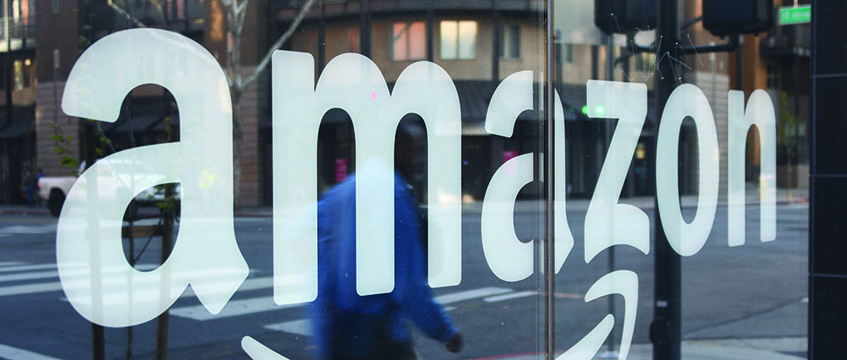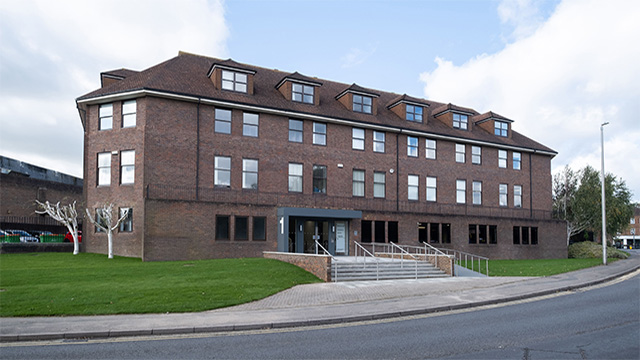How big is Amazon’s global footprint?
As the total amount of real estate owned by Amazon worldwide hit a mammoth 288m sq ft at the end of 2018, the tech giant’s plans for growth show no signs of slowing. So, what makes up the company’s vast portfolio and how – and where – might it continue to expand?
Amazon is no stranger to big numbers. With a market cap hovering somewhere around the $900bn ($691bn) mark and net sales for 2018 hitting $233bn in 2018 with a $10bn income for the same year, the online retail giant is the epitome of a tech titan.
It has over 300m users worldwide – indeed, it was revealed in March by market research firm Mintel that in the UK alone almost 90% of shoppers use Amazon – and Forbes predicts that by 2022, there will be 56m Amazon Prime Video subscribers in the US and 122m worldwide.
As the total amount of real estate owned by Amazon worldwide hit a mammoth 288m sq ft at the end of 2018, the tech giant’s plans for growth show no signs of slowing. So, what makes up the company’s vast portfolio and how – and where – might it continue to expand?
Amazon is no stranger to big numbers. With a market cap hovering somewhere around the $900bn ($691bn) mark and net sales for 2018 hitting $233bn in 2018 with a $10bn income for the same year, the online retail giant is the epitome of a tech titan.
It has over 300m users worldwide – indeed, it was revealed in March by market research firm Mintel that in the UK alone almost 90% of shoppers use Amazon – and Forbes predicts that by 2022, there will be 56m Amazon Prime Video subscribers in the US and 122m worldwide.
When the company filed a report with the US Securities and Exchange Commission in February this year listing its global real estate footprint up to the end of 2018, it should not have come as much of a surprise that the figures were characteristically colossal. But the fact remains that 288m sq ft of offices, warehouses, retail stores and data centres coming under the ownership of one company is pretty staggering.
As tech website Geekwire points out, with this amount of real estate, Amazon could fill every office building in Seattle four times over.
Beyond America
Much of the exponential growth has taken place in the last three years as Amazon’s portfolio expanded from 174m sq ft in 2016 to 254m sq ft in 2017 and then 288m sq ft in 2018.
And while its acquisition of Whole Foods in 2017 bolstered its retail space, physical stores make up less than 10% of the its footprint.
The group’s data centres alone make up a massive 14m sq ft leaving around 212m sq ft likely to be made up – in the most part at least – of warehouses.
“Amazon is a phenomenon of 21st century retail,” says Nick Carroll, Mintel’s associate director of retail.
“In a little over 20 years, it has grown to be a retailer that nearly all consumers use. It has achieved this through a relentless focus on customer-facing investment and innovation.”
With nearly two thirds of its footprint in north America, the world is watching to see where Bezos’ beast will go next. In February it was mooted that Amazon could be close to trialling checkout-free food stores in London as it was believed to have secured its first sites for Amazon Go branches in the city. They would be its first fully automated convenience stores outside of the United States.
Watch this space.
To send feedback, e-mail emily.wright@egi.co.uk or tweet @EmilyW_9 or @estatesgazette











